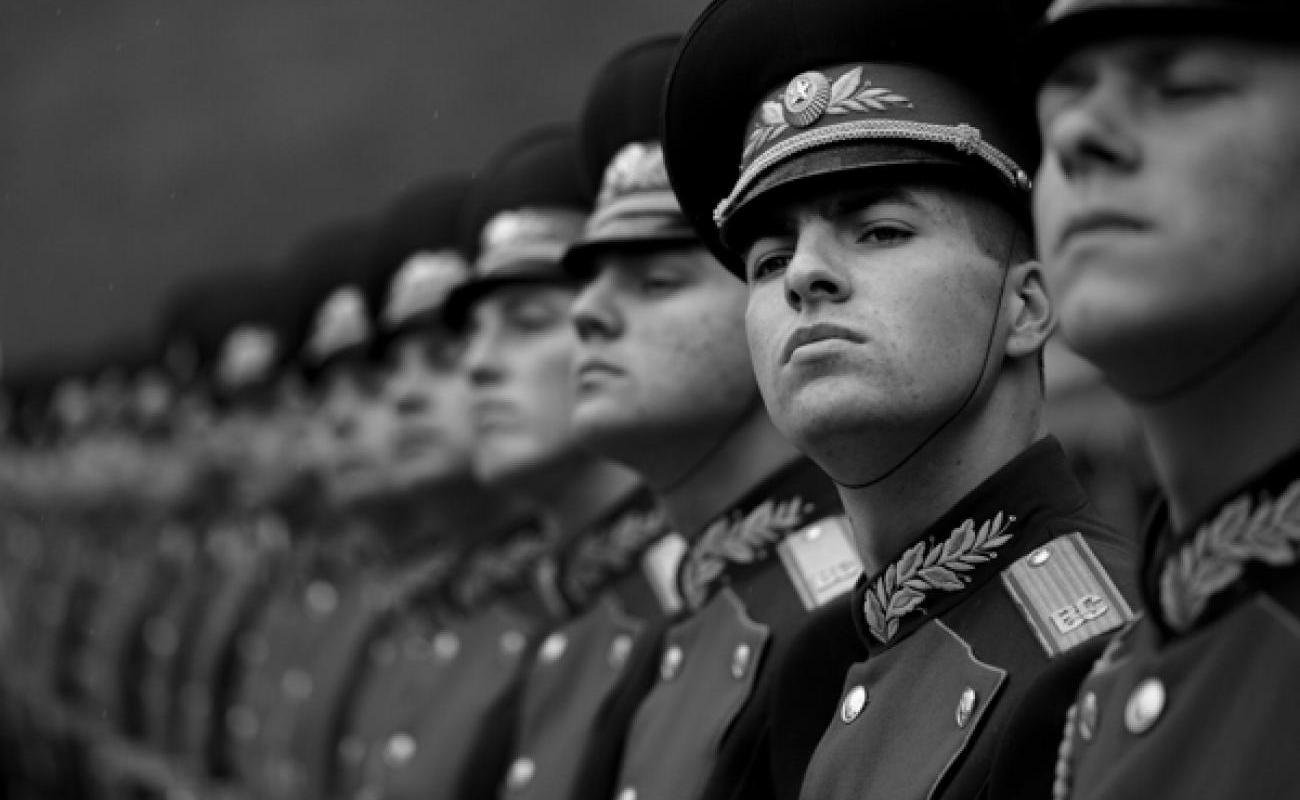Frozen Conflicts: Russia’s Post Cold War Strategy for its Neighbours

The disintegration of the Soviet Union illustrates the communist regime’s failure to maintain the empire it inherited from the Tsars. It was an economic bankruptcy, a failure of central planification. By the end of the 1980s all countries from the communist block were struggling with shortages and an ever-growing foreign-debt. The fall of prices for oil and raw materials made it impossible for Moscow to financially aid its satellites. However, Russia would come up with a new way of exercising influence over its former empire, frozen conflicts.
It was also a moral bankruptcy. The idea of a common Soviet identity was a complete failure. With a drop in living standards, local elites in the component Soviet republics sought to gain support through national identity themes. Of course, this was made possible by glasnost. This was an attempt by Mikhail Gorbachev to introduce free speech in a totalitarian regime. Past trauma was re-discussed (Stalinist crimes against nationalities), further eroding the idea of a common Soviet identity.
Disintegration
The disintegration of the Soviet Union was very dramatic. The loss of power by Moscow left a power vacuum. Local and regional leaders moved in to consolidate their positions. They did this by appealing to nationalistic discourses, to legitimise the new independent states. This encouraged old rivalries, leading to several civil wars: Georgia, Chechnya, Nagorno-Karabakh, Transnistria.
The situation was made worse by Russia’s ambition of maintaining hegemony over its former empire. Its solution was military intervention under the guise of peacekeeping. These were the perfect excuse to statin troops in regions which were no longer, part of Russia. This strategy is called by specialists ‘frozen conflicts’, where there are no diplomatic solutions for any of those involved.
Two Phases
There were two phases of frozen conflicts, depending on who was in the Kremlin. During Boris Yeltsin’s reign, Russia gave the impression it was not capable of decisive intervention. Frozen conflicts were a solution to keep troops in regions were civil wars were raging, maintaining Russian influence. So, chaos and military impotency worked in Russia’s favour, at least on the surface.
Russia’s immediate problems after the disintegration of the USSR were negotiating its relationship with new states. Ukraine was a particularly difficult case as it held considerable portions of military equipment, including nuclear weapons. History put pressure, as the memory of Stalinist suppression of Ukrainian national identity was still vivid. The two countries signed a treaty through which Ukraine surrendered the Black Sea fleet and all nuclear weapons with the added bonus of Russia being able to use the military base in Crimea. For its side, Russia agreed to recognize Ukrainian sovereignty and territorial integrity.
The Yeltsin Years
The initial economic reforms of the 1990s were neither successful, nor very popular. The communists were still very influential and opposed privatisation efforts and the turn to neoliberal policies. In the memory of many Russians it remains as a period of lawlessness. It was now that the oligarchs rose to power as they took over former state enterprises and resources.
Russia was incapable of efficient intervention in its outer regions. Civil conflicts broke out in the Caucasus and regions such as Transnistria. The peacekeeping mission in Nagorno-Karabakh was a failure. Russian troops often fought as mercenaries with the tacit accord of their superior officers. The conflict in Chechnya turned into a humiliation as the rebels were better at guerrilla warfare. Transnistria is probably the best example of an unresolved conflict with no evident diplomatic solution
The Putin Years
At the end of 1999, Yeltsin, was in poor health and very unpopular. He stepped down in favour of the mysterious prime-minister, Vladimir Putin. Before this, he was a fixer for the mayor of Sankt-Petersburg. Then he took charge of the FSB (Federal Security Service). Finally he became head of the government. However, what quickly came to light was his KGB background, strongly influencing his strategies.
The renewed war effort in Chechnya was more brutal than the previous conflict. There were frequent reports of the savagery with which the Russian troops acted against civilians. Currently, the regime in Grozny is loyal to the Kremlin and in return it receives considerable financial support. Another example of the way frozen conflict strategy changed under Putin is that of Ukraine. Crimea is now part of Russia, after a dubious referendum. The Eastern part of Ukraine (Donbas, Donetsk, Luhansk) is the place of an ongoing civil war, since 2014. This was blatant ignorance towards the treaty signed by the two countries with the dissolution of the Soviet Union.
Conclusions
Russia does not seem willing to change its strategy of frozen conflicts in the near future. In all honesty, it does not have many reasons to do this. So far, they have served as the perfect motivation in front of the international community for maintaining troops in these regions. Peacekeeping is seen as a noble pursuit and in some cases Russia hides behind this veneer. In other cases, such as that of the Ukraine, indirect and informal support of the rebels works in Russia’s favour as well. By keeping both the Republic of Moldova (Transnistria) and the Ukraine with disputed borders, it makes sure to hinder their integration in the European Union and NATO.
